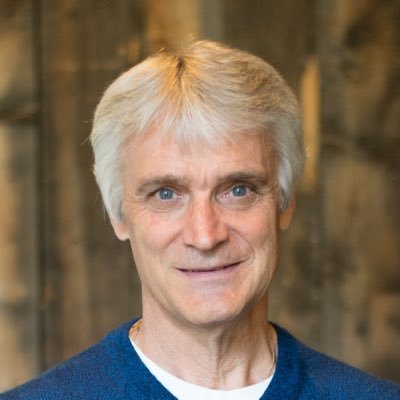The fact that information is changing at an unparalleled rate has put many learning departments’ training programs at risk before they even get started. For years, we have designed our programs based on knowledge gain. We have certified, tested and accredited our learners to show success and compliance. In each case, we were trying to demonstrate to our organizations, and at times to external governing bodies, that our learners knew something and could perform at some level. Is keeping up good enough anymore? Should our programs be built on a different set of outcomes?
In the old learning days we aligned our training programs with what our lines of businesses told us lay ahead: a new sales program, compliance mandates or a new leadership program. In other words, we worked from a training mentality forward. We were asked to design blended learning programs that met these types of needs. The danger today is that these initiatives and the ones that we can’t even foresee change too quickly in today’s work environment. They demand a different type of approach and support. Learning for the sake of learning is not enough; sustainability and innovation are key outcome and business drivers.
There are three fundamental learning stages we need to look at: train, transfer and sustain. For years we have focused on training, with a few offerings or programs added on for transfer. We often fall short when it comes to intentional sustainability strategy, yet in the end it could be the most crucial stage of a learner’s development and for the enterprise at large.
Each stage comes with its own milestones and success measures. Training’s outcome is mastery — the learner’s ability to demonstrate or recall an identified skill, behavior or piece of knowledge. Transfer is learners’ ability to take what they have learned and add it to their specific workflow to perform more effectively. Sustain is learners’ ability to adapt to the changes they face every day and to realign past learning to produce a more innovative and improved outcome.
Training alone has a very short shelf life. The churn around content change is just too great. When it comes to transfer, too many learning organizations leave this to chance and offer the learner too many unguided and unstructured ways to achieve competency, if they offer any at all. The most neglected phase is sustain, with little to no defendable strategies created, taught or maintained to promote innovation and continuous improvement.
When I’ve shared this theory with line managers, they have interpreted it with sustainability as the driver that training and transfer support. When I talk with learning professionals, they always want to start with training as the pivot point with transfer and sustainability to follow. In the end, the business will only be as successful as its learners’ ability to sustain, innovate and continuously improve their performance. Learning is no longer about mastering something or even learners’ ability to effectively transfer it to their job. Learning is all about sustainability, innovation and growth.
A key enabler of this is to intentionally re-align your learning efforts around a sustainability strategy and provide intentional support offerings such as performance support and infrastructure across the process. It is the tie the binds. When learning is aligned around a performance support infrastructure, blended and reinforced by training, time to competency through training and transfer are reduced, and sustainability and innovation are enabled. The training experience becomes one of reference-based learning and critical skills, not one of information overload that leaves learners overwhelmed.
The world is too volatile to fall back on knowledge alone. The new normal is changing too quickly and shows no sign of slowing down any time soon. We just can’t keep up. To survive today, our strategies have to be around enablement and sustainability.
Bob Mosher is global chief learning and strategy evangelist for Ontuitive and has been an influential leader in the IT training space for more than 25 years. He can be reached at editor@CLOmedia.com.















